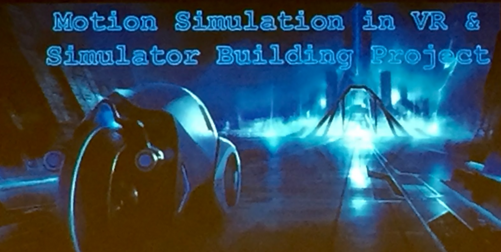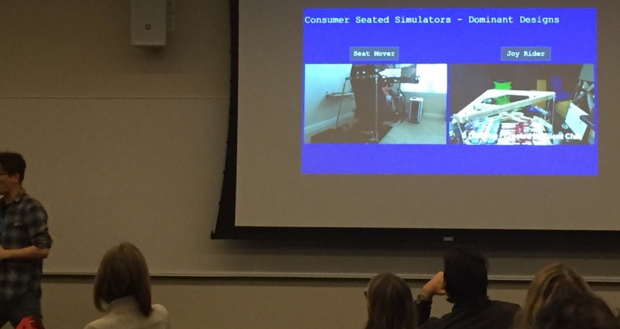Written by RORY GREENER of XR Today
Long time Microsoft partner Altoura accelerates onboarding for hybrid workers
At a keynote during the Microsoft HoloLens Manufacturing Industry Forum, hosted by the Virtual and Augmented Reality Association (VRARA), Altoura, formerly Studio 216, showcased its no-code authoring platform.
The company’s presentation explored how companies could use its immersive Software-as-a-Service (SaaS) platform to onboard and train hybrid workers as they transition back to frontline positions.
Altoura’s VP of Marketing, Paul Corriveau, spoke about how Thermo Fisher Scientific (TFS) and Wabtec use Altoura software and Microsoft HoloLens 2 mixed reality (MR) hardware to create immersive onboarding and training procedures.
Thermo Fisher Scientific
TFS, a US scientific hardware and software supplier, globally operates the Altoura SaaS platform in its Pharmaceuticals Services and Life Sciences Groups.
The Microsoft-Altoura partnership enables TFS to digitally transform its operations and enhance the performance of frontline workers with custom immersive training solutions.
The firm uses the platform to create virtual training scenarios that create a safe and repeatable learning environment to refine worker skills before entering a real-world shop floor.
Immersive solutions showed value during the Covid-19 pandemic, according to Chris Binion, Director of Innovation, Immersive Technologies at TFS, who said,
“When Covid hit, we were ready to start mobilising and moving into action. Within a month, we saw dramatic results in sales. An exponential growth in sales! Because, customers all of a sudden found confidence in what we were doing”
Wabtec
Webtec, a supplier of equipment for freight and transit rail sectors, also works with Altoura to create training software for remote employees. The firm plans to offer a remote guidance service solution for customers purchasing Wabtec equipment.
By using a HoloLens 2 headset, Wabtec employees or customers can interact with an MR digital twin of rail equipment, removing parts and learning about the components of complex hardware.
Additionally, the training platform employs hand tracking software, voice assistance, holographic environments, and video guides to prepare employees before entering frontline workshop conditions.
Altoura Immersive SaaS
The Altoura no-code authoring platform enables companies to create custom spatial training software ready for MR devices.
Found in 2015, the firm quickly joined the Microsoft Mixed Reality Partners Programme (MMRPP) the following year, and in 2018, the firm transitioned into a SaaS platform due to rising demand.
During the keynote, Paul said,
“After a year of working with 3D models and helping our enterprise customers. We joined the MRPP and we were one of the very first partners to join the program and build applications for the Hololens. Within a couple of years, a lot of customers were asking Studio 216 for the product. They wanted the software that we were building. In 2018, we transitioned our entire business model to an ISV. We productised our IP and now we are a SAAS company”
Building a Training Platform
The Altoura SAAS platform lets firms package, manage, and distribute virtual training scenarios, and includes an Experience Builder that uses step-by-step instructions to lead users through the authoring and quality assurance stages.
Altoura integrates cloud-computing technology to quickly stream real-time 3D assets and digital twins to individual devices. The platform also uses accurate spatial anchors to track a device’s real-world location to share and place MR content between headsets.
The Seattle, Washington-based firm allows for secure delivery across a range of devices, including the HoloLens 2, Meta Quest, ISO, Andriod, and PC, so that corporations can best accommodate individual use cases. Also, the platform allows firms to track user metrics after a training scenario.
The tech enterprise secures its platform with the Azure security network that supplies enterprise-grade authentication, security and manageability.





















